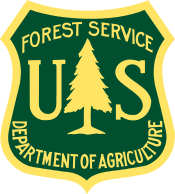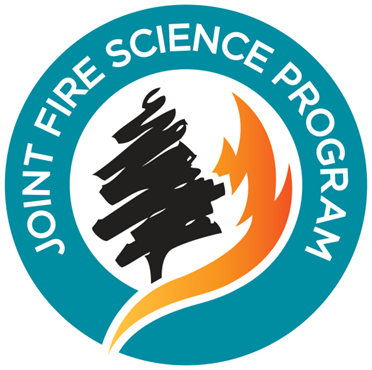Publications Library
. Tamm Review: Are fuel treatments effective at achieving ecological and social objectives? A systematic review Forest Ecology and Management. 2016;375.
. Toward a more ecologically informed view of severe forest fires Ecosphere. 2016;7(2).
. Adapt to more wildfire in western North American forests as climate changes Proceedings of the National Academy of Sciences. 2017;Online early.
. Historical Fire–Climate Relationships in Contrasting Interior Pacific Northwest Forest Types Fire Ecology. 2017;13(2).
. Landscape-scale quantification of fire-induced change in canopy cover following mountain pine beetle outbreak and timber harvest Forest Ecology and Management. 2017;391.
. NFPA’s Wildland/Urban Interface: Fire Department Wildfire Preparedness and Readiness Capabilities – Final Report. (). National Fire Protection Association; 2017:79p. Available at: http://www.nfpa.org/news-and-research/fire-statistics-and-reports/fire-statistics/the-fire-service/administration/wildland-urban-interface.
. Using an agent-based model to examine forest management outcomes in a fire-prone landscape in Oregon, USA. Ecology and Society. 2017;22(1).
. A comparison of the US National Fire Danger Rating System (NFDRS) with recorded fire occurrence and final fire size International Journal of Wildland Fire. 2018;27(2).
. Fuel mass and stand structure 13 years after logging of a severely burned ponderosa pine forest in northeastern Oregon, U.S.A Forest Ecology and Management. 2018;424.
. Looking beyond the mean: Drivers of variability in postfire stand development of conifers in Greater Yellowstone Forest Ecology and Management. 2018;430.
. Multitemporal LiDAR improves estimates of fire severity in forested landscapes International Journal of Wildland Fire. 2018;Online early.
. A Review of Community Smoke Exposure from Wildfire Compared to Prescribed Fire in the United States Atmosphere. 2018;9(5).
. Spatiotemporal patterns of unburned areas within fire perimeters in the northwestern United States from 1984 to 2014 Ecosphere. 2018;9(2).
. Tree traits influence response to fire severity in the western Oregon Cascades, USA Forest Ecology and Management. 2018;433.
. Evaluating Model Predictions of Fire Induced Tree Mortality Using Wildfire-Affected Forest Inventory Measurements Forests. 2019;10(11).
. Influence of fire refugia spatial pattern on post-fire forest recovery in Oregon’s Blue Mountains Landscape Ecology. 2019. Available at: https://link.springer.com/article/10.1007%2Fs10980-019-00802-1.
. The missing fire: quantifying human exclusion of wildfire in Pacific Northwest forests, USA Ecosphere. 2019;10(4).
. NWFSC Research Brief #20 - Covering Wildfires: Media Emphasis and Silence.; 2019. NWFSC_RB20_MediaCoverage.pdf (1.48 MB)
NWFSC_RB20_MediaCoverage.pdf (1.48 MB)
. Rethinking resilience to wildfire Nature Sustainability. 2019;2:797. Available at: https://www.nature.com/articles/s41893-019-0353-8.
. Should we leave now? Behavioral factors in evacuation under wildfire threat Fire Technology. 2019;55(2). Available at: https://link.springer.com/article/10.1007/s10694-018-0753-8.
. What drives ponderosa pine regeneration following wildfire in the western United States? Forest Ecology and Management. 2019;454.
. Wild bee diversity increases with local fire severity in a fire‐prone landscape Ecosphere. 2019;10(4).
. Wildfires as an ecosystem service Frontiers in Ecology and the Environment. 2019.
. Disjunct and decoupled? The persistence of a fire-sensitive conifer soecies in a historically frequent-fire landscape. Journal for Nature Conservation. 2020;55. Downing article.pdf (6.76 MB)
Downing article.pdf (6.76 MB)
. Invasive grasses: A new perfect storm for forested ecosystems? Forest Ecology and Management. 2020;463.





